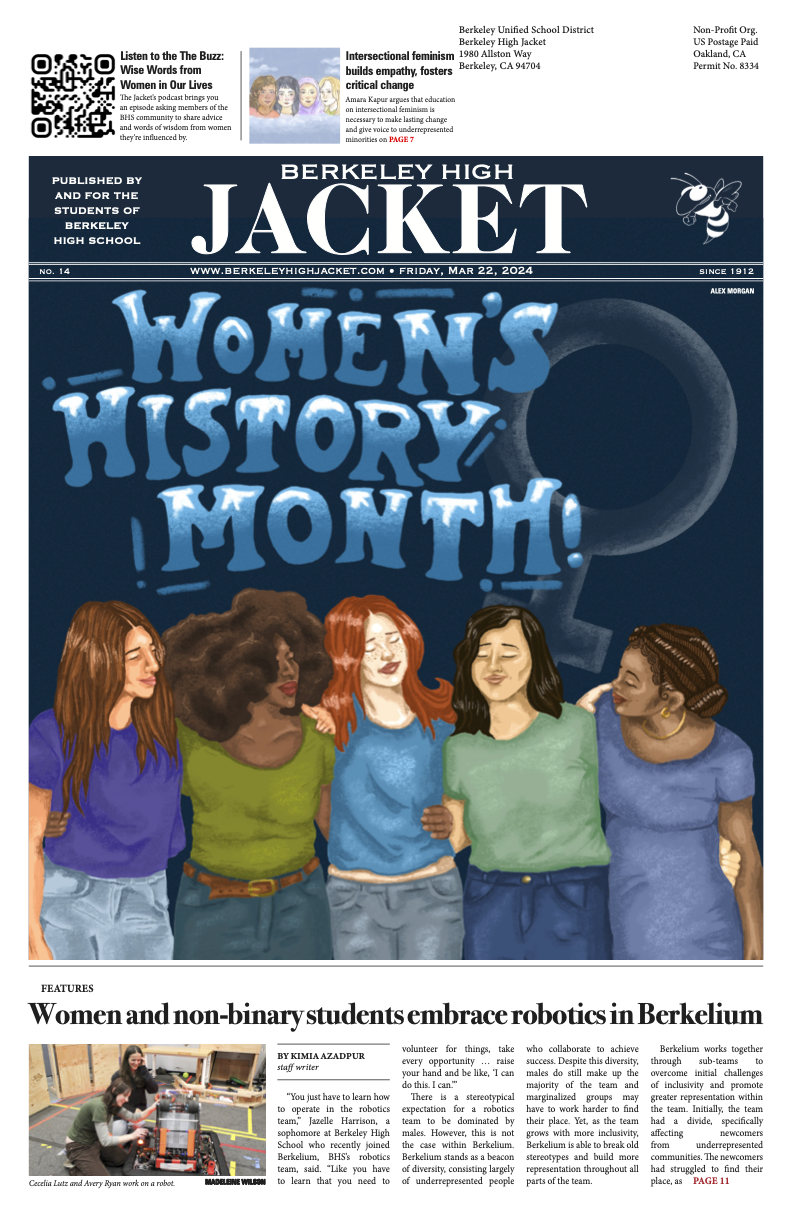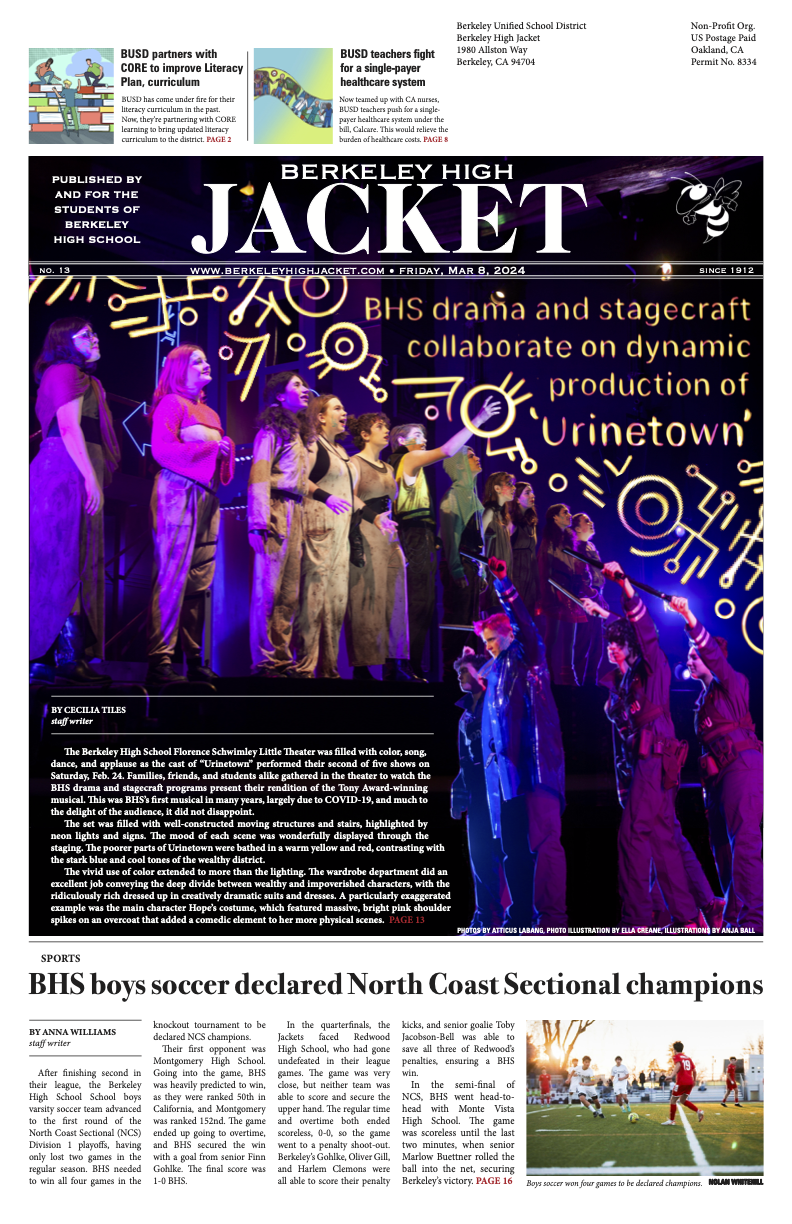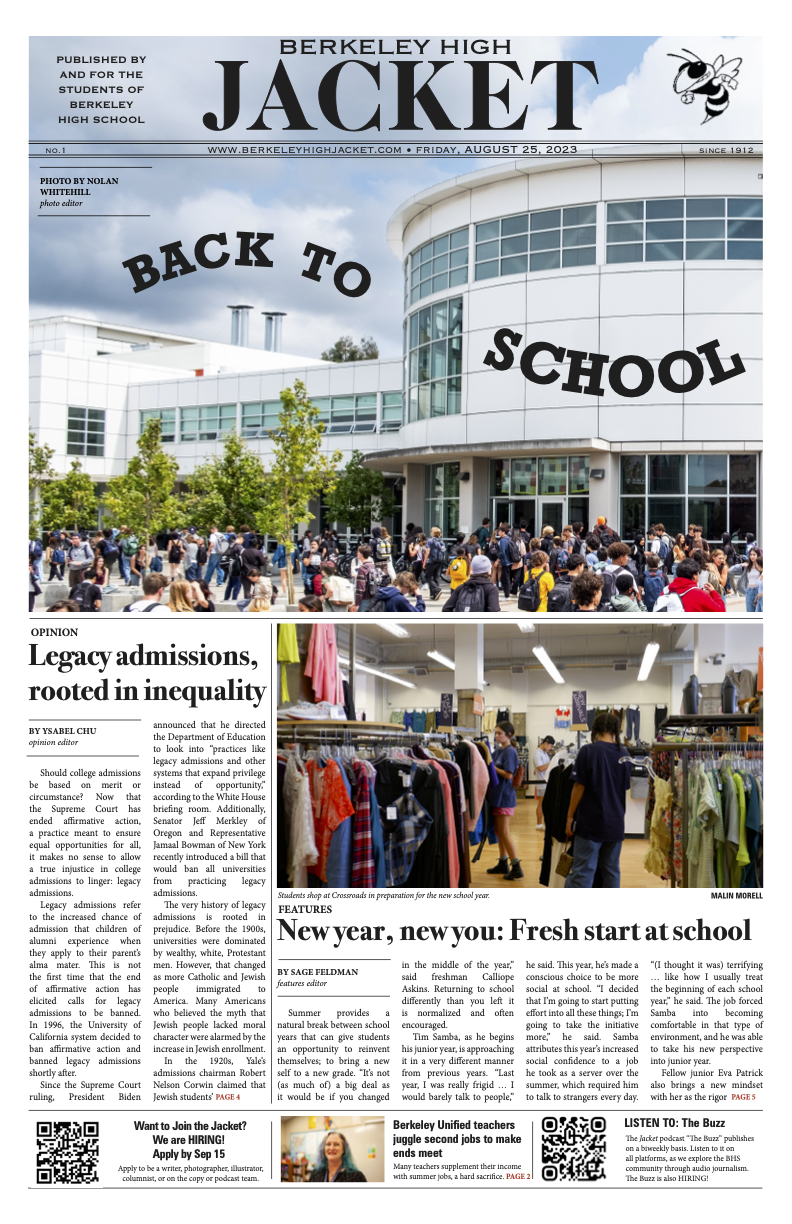Since the invention of the internet in the late 1900s, social media has continually changed everything from fashion trends to music taste. Surprisingly, it’s even impacted human language. From TikTok’s brain rot to Gen Z’s slang, people have learned new ways to express and communicate through abbreviations and new vocabulary. Although there are some downsides to these “Gen Z” terms, they also benefit the English language, allowing individuals to communicate more quickly and even coining novel terms.
These days, people are using text messages, emails, and phone calls to communicate more than ever before. To keep conversations short and snappy, the internet has adopted various abbreviations to communicate quickly. For example, OTW (on the way) and LOL (laugh out loud) are both abbreviations that are commonly used in texts. Even Apple recognizes these terms, automatically correcting OTW to “On the way!” and suggesting the laughing emoji after LOL is used.
Furthermore, the internet language has created new and unique ways to describe things in ways the English language has never experienced. These include phrases such as “quiet luxury,” which describes a style that is expensive but not showy, and “main character energy,” which describes the feeling of being in the center of everything. Even the phrase, “it’s giving …” is a fun way to encourage metaphors in everyday vocabulary. These short lines add nuance and creativity, allowing speakers more freedom to express feelings and ideas that were once hard to articulate.
Language is also used to build niche groups, as many use slang and references to shape and connect communities. In the gaming community, terms like “NPC” (non-player character), “AFK” (away from keyboard), “GG” (good game), and other similar abbreviations are used. In the queer community, “slayyy” and “yas queen” are commonly used terms that were first popularized by drag culture.
Since texting has emerged, emojis have become a crucial part of day-to-day texting. Not only can they enhance the intent in a text, but they can also prevent miscommunication and show emotion and personality. According to an online survey, Gen Z respondents reported using emojis in 57 percent of their online communications.
“Emojis help my friends understand what I mean when I say something,” Eryn Murphy, a Berkeley High School student, said, “They also make conversations more fun and expressive, helping me show excitement, sarcasm, or affection without typing it all out.”
Some may argue that photos, memes, and emojis detract from our vocabulary. However, vivid images help people communicate in depth, with emotions that words cannot describe. People still can use descriptive language in their day-to-day conversations. Emojis simply help to make the process a little faster. Rather than replacing language, these visual tools work alongside it to create expressions that are more relatable and often more precise.
Although slang, emojis, memes, and other pieces of digital communication may be confusing to adapt to, they reflect the natural evolution of language. As society continues to develop, the creativity and social dynamics of communities will continue to be shaped online, making it crucial to reflect on the brilliance of internet speech.





